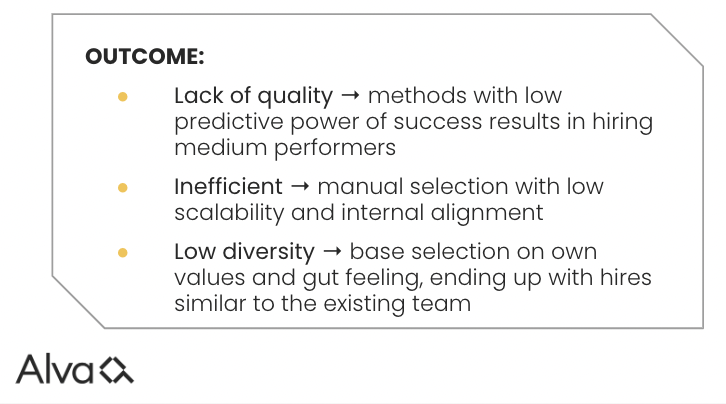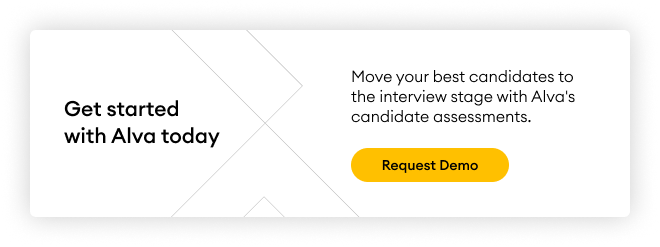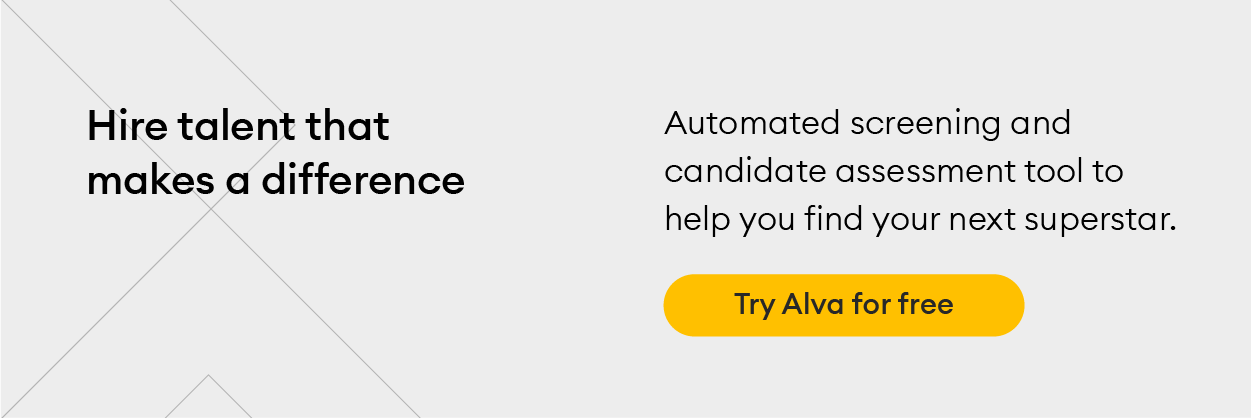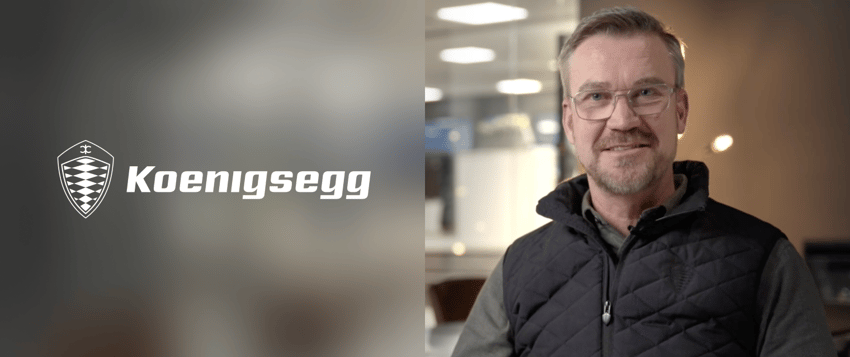Is the talent shortage really a talent shortage?
Despite recent headlines about layoffs ripping through the world of work, employers need talent more than ever. However, too many are over-focused on hiring candidates with the same traditional credentials, subsequently ignoring a vast pool of high-quality talent.
Think about the waiter who juggles multiple jobs to pay the bills. They are spirited, hungry to learn, and motivated. Best of all, they have a strong work ethic—characteristics every company seeks. But they are generally overlooked and underrepresented because traditionally, they don’t have the “right” experience or background.
The question to ask then is: are you looking for a candidate who has “everything” on paper, and who, therefore, most likely doesn’t exist?
Alva’s CEO, Malcolm Bunderstam, believes there is always talent out there, even during a talent shortage.
In the context of talent shortages, companies must be realistic about job requirements and consider candidates who may not yet tick all the boxes, but have the potential to grow into a role and excel in the organisation.
The problem with traditional hiring
In Sweden, Hira Wasif felt the brunt of the job market when after graduating with a Master’s degree in psychology from Lund University, she struggled to get past the first stage of the hiring process.
Hira’s story is one of many. The core problem is most employers still base their hiring on a paradigm stemming from the industrial era of the mid-1900s. A paradigm that, with all intents and purposes, has the lowest accuracy rate in predicting job performance.
How most businesses hire today:
- ❌ Hire based on what worked yesterday, with excess emphasis on past experience, hard skills, present knowledge and diplomas
- ❌ Fail to equip TA teams to automate manual work and become the strategic driver
- ❌ Continue hiring people similar to the existing team when in fact, diverse teams outperform homogenous teams
This leads to a hiring approach that:
- Perpetuates the belief that a candidate fits inside a box and checklist.
- Introduces bias into the selection process.
- Shuts the door on a wide range of high-quality candidates.
- Limits the company in securing diverse talent, limiting the ability to outperform the competition.
The solution: Adopt an evidence-based recruitment process
Rather than demanding the impossible from candidates with clear potential, companies should seriously consider which skills and abilities are necessary to start off in the role and be open to training and developing new competencies where necessary.
And the way to do that? Build evidence into your recruitment process. In its purest form, evidence-based recruitment is a process that applies evidence to hiring decisions.
The term “evidence-based” comes from extensive research in organisational psychology. The evidence is used to scientifically determine which factors are likely to predict job performance than others.
Why adopt an evidence-based recruitment process?
Basing your hiring decisions on data rather than personal opinions means recruiting with higher diversity and better accuracy. A high-quality, science-based candidate screening allows recruiting managers to pinpoint relevant talent faster and save time in the whole recruitment process.
Alva’s Lead People Science, Kajsa Asplund, explains:
How to build an evidence-based recruitment process
Step 1: Adopt a new view of competence
The first step is to adopt a new view of competence, where potential is a must-have in any role. Where the old hiring paradigm focuses almost exclusively on what we call readiness - having the exact skills and credentials for one particular role - the age that follows from our transformational shift requires a much stronger focus on what we at Alva call potential - all those skills and characteristics that enable you to grow, adapt, and learn how to do something else than what you’re doing today.
This includes both stable traits, like cognitive ability, results-orientation and curiosity, and meta-skills that enable you to perform across roles. Think collaboration, critical thinking, data analysis and writing.
Step 2: Identify candidates with the readiness to do the job today and the potential to adapt to the job in the future
You need to decide what skills are required for the role you are recruiting for. What are the “need to haves”, and what are the “nice to haves”? Do you need someone who has to be up and running in that role now? Or can you spend more time onboarding the new hire, with the primary focus on performing more long-term? Those are necessary questions to answer to decide what ratio of potential versus readiness you need to look for in your candidate.
How to capture both potential and readiness:
- ✅ Use psychometric tests to assess potential. By examining individuals’ personality traits and broad abilities, you can form a data-driven perception of who has the talent, motivation, and soft skills in a specific role. These types of tests, when applied correctly, have a strong ability to identify promising candidates who are both ready and have the potential to develop forward in the role.
- ✅ Use a structured interview process to determine job readiness for the required position. By being more structured and asking all candidates fixed questions, you will have a comparable basis to assess them objectively. This way, you will save time as it will be easier to rate candidates, and there will be less dispute over who to move forward with. Not to mention, structured interviews have high predictive validity when assessing candidates.
Step 3: Equip TA teams to drive recruitment strategically
Leverage automation and reduce administrative tasks
This applies to the entire recruitment process, from beginning to end. That means having an ATS or automating your candidate evaluation process through psychometric testing, for instance. This will allow you to save time on admin tasks and instead redirect that time in interviewing candidates.
On the plus side, you are also setting up a more objective hiring process, with less chances of making human biases and errors that go into selecting candidates.
Ensure alignment and consistency in the hiring process throughout the entire company
A harmonised approach is a core part of operational excellence in Talent Management. It can speed up your hiring process, improve candidate experience, and ensure you bring in the right competencies. In fact, companies with a highly effective recruitment process have up to 3.5 times the revenue growth compared to their less effective competitors.
How to think about talent acquisition alignment? Say you're hiring for a Customer Success Manager role. The first and most important step is to sit down with the hiring manager and clearly define what "good looks like" in the role, mapping out key hard and soft skills needed for the person to succeed. Together, you can then determine the best way to assess these competencies and apply a data-driven approach to how you're going to identify the markers of high performance within the role.
Do this, and you will see more structure to your recruitment process, increased efficiency of your hiring operations, and a higher hiring success rate.
Koenigsegg, a company known for its craftsmanship of state-of-the-art hyper cars, routinely attracts applications from across the globe. This presents a core challenge: how can the talent acquisition team fairly and efficiently manage that inflow of candidates?
With the help of Alva's hiring tool, Koenigsegg was able to slash their lead time to hire by 60%, from two months to 25 days. They also automated their evaluation process, provided a better hiring quality, and saw an increased engagement from the hiring managers.
Step 4: Build teams with strong diversity of thought to foster innovation
To build diverse teams and minimise the risk of biases in the hiring process, you must have a system in place that creates equal opportunities for everyone to be their true selves, regardless of background or appearance. That includes adjusting your processes to improve accessibility and foster inclusivity throughout the process, giving more weight to traits and behaviours that drive business success.
Approach it from two angles:
- 1️⃣ Give all candidates an equal chance to show their actual capacity
- 2️⃣ Apply objective, structured methods to evaluating candidates to minimise bias and “groupthink”
The outcome will be a diverse workforce worth celebrating—not because of arbitrary objectives like meeting diversity quotas, but because competence is the true marker of high performance.
Alva’s Head of UK, Dhevesh Mewawalla unpacks this further:
“If we’re able to acknowledge that the traditional way is not going to give us the outcome, then that’s the starting point. And finding what works with your organisation is important. But if you don’t have an inclusive process while bringing different people into the room, don’t make them comfortable or give them an environment in which to flourish, you’re not going to reach your Diversity goals anyway.”
The result:
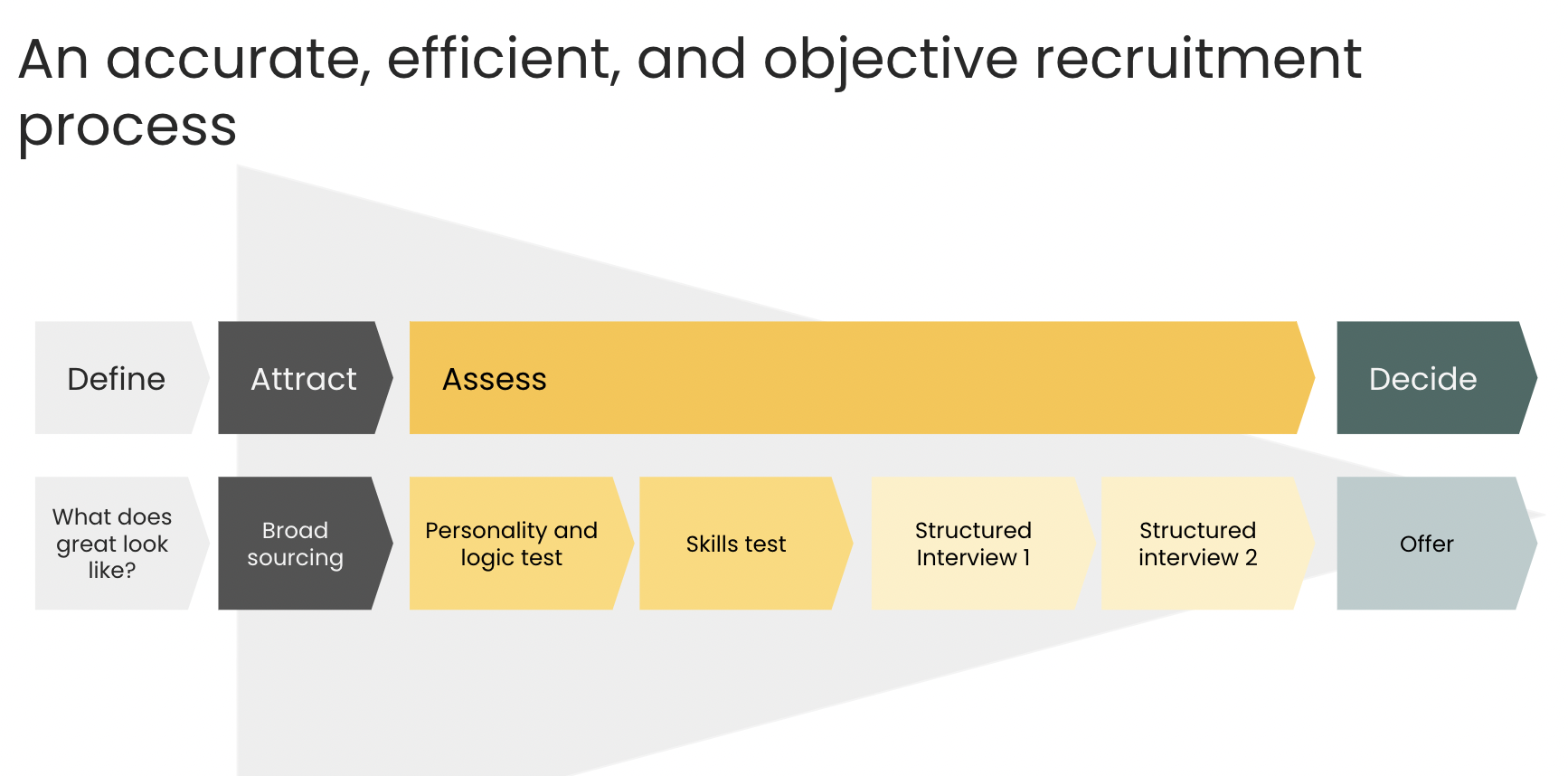
Make better hiring decisions with Alva Labs
With Alva, hiring the best people is no longer a question of gut feeling. Alva’s digital hiring platform helps recruiters objectively qualify and compare job candidates with psychometric testing. Its tests, created by a team of psychometricians, data scientists and talent acquisition experts, combine AI and machine learning with leading psychometrics and organisational psychology.
Companies who use Alva Labs report a:
- ➡️ 95% hiring success rate
- ➡️ 60% reduction in time to hire
- ➡️ 80% candidate satisfaction rate in completing the tests

